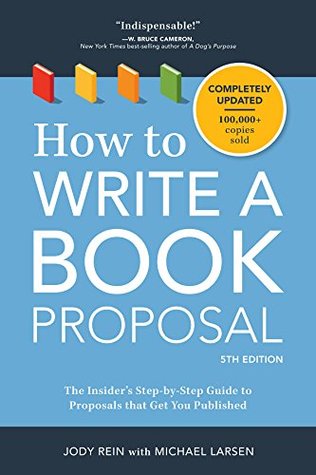One of the reasons that I enjoyed reading this volume so much, even though its structure is more “how-to” than “cover to cover”, is that it begins with a discussion of subjectivity. (This is the very element I craved in Sell Your Story In a Single Sentence by Lane Shefter Bishop.)
The work opens with a bird’s eye view of a conference scene in which various industry professionals (publishers and agents, primarily) are citing their requirements for proposals. One after another, they contradict each other blatantly.
What thrills one person is the very element which bores the next person. And although this has likely always been the case, with so many additional technological possibilities now existing, the ways in which one can be either – thrilled or bored – are even more numerous.
Acknowledging the diversity in requirements, the first order of business for Rein and Larsen (who have been wrestling with this dilemma for some time – this is the fifth edition of the work) is to explain how they established the general principles they present.
This is particularly important as How to Write a Book Proposal is designed for the broadest possible audience: cookbook authors and memoirists can look here for advice.
Despite the vast audience to which this volume should appeal, I am not an ideal reader. The volume caters to non-fiction writers, as it is unusual to write a proposal for a fiction.
Nonetheless, there is useful information here for fiction writers too. The discussion of assembling specific elements is readily transferable: assembling a biography, creating a virtual media kit, gathering book stats and outlining a marketing strategy which would support and augment a publisher’s efforts.
Advice offered is both general and specific. When it comes to formatting, for instance, the best formatting is invisible (it shifts all focus to the material) but one should also avoid asterisks and footnotes (anything with the potential to disrupt a reader’s engagement with the proposal).
One of the most interesting discussions is the way in which the basic structure of a proposal can be altered to reflect the individual project.
A pop psychology book’s proposal, for instance, could include these elements as follows: Pizzazz, Overview, Book Specs, Author Bio, Author Platform, Audience, Comps, Book’s TOC, Detailed Outline, Sample Writing, Supplemental Material.
Whereas a narrative-driven memoir could include these elements as follows: Pizzazz, Titlepage, Proposal Contents, Overview, Book Specs, Author Bio, Book’s TOC, Divider Page, Detailed Outline including Sample Writing.
Each element is considered in detail (Pizazz, Overview, etc.) before any discussion of how one might combine them; it’s fascinating to consider the benefits of ordering and expanding them differently, depending upon the nature of the proposal.
Although the elements required for the rare beast that is the Novel Proposal are limited (Author Bio, Platform, Personal Promotion and Supplemental Material), the general principles guiding the preparation of the other elements are useful for refocusing the writer’s attention to detail (for instance, any writer can keep in mind promotional elements and platform-related suggestions to help grow an audience).
The material is up-to-date and relevant for western writers, listing, for instance, the Big 5 publishers, and reminding writers of technical pitfalls which exist between well-known digital platforms and services, for instance, the risks of not previewing your email in various programs (i.e. how easily the formatting gets screwed up even when you’ve perfected it in the program you are using).
Jody Rein and Michael Larsen have assembled and updated a useful – some might even say indispensable – guide in How to Write a Book Proposal (Writer’s Digest, 2017).
Good stuff for (mainly non-fiction) writers.
Rein, Jody and Michael Larsen. How to Write a Book Proposal (5th edition Writer’s Digest Books, 2017 )

